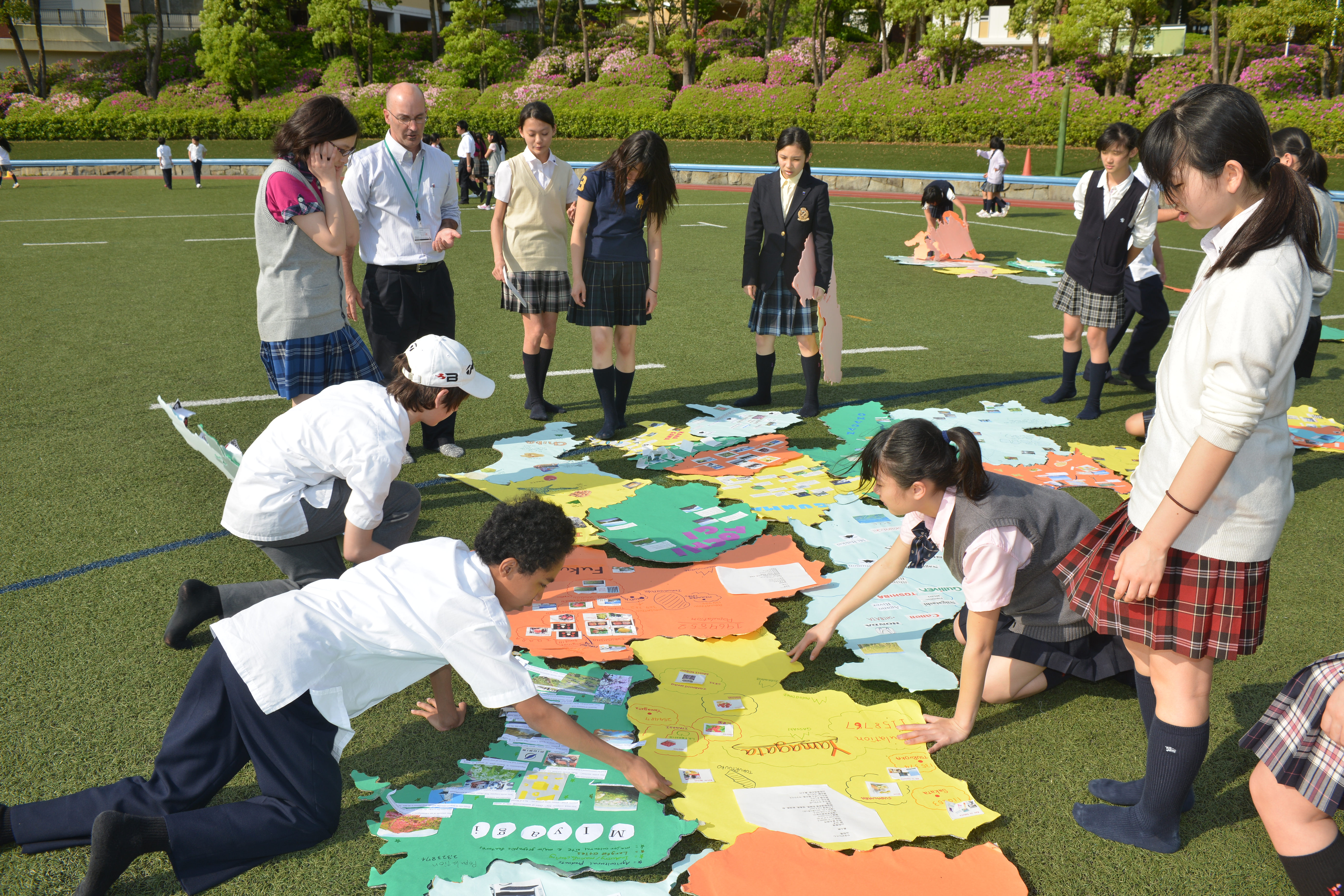Globalization and increasing pressure ahead of the 2020 Tokyo Olympics were among the tailwinds buffeting education in Japan over the past year, with shifting demographics and a surprise snap election among the headwinds slowing things down.
On the globalization front, 2014 saw its share of the perennial grumblings about the scope and pace of English-language education reform. At present, English is offered to children once a week from elementary grade-five level, increasing to four times a week from junior high. However, an English-language reform committee set up by the Ministry of Education, Culture, Sports, Science and Technology (MEXT) came up with a number of recommendations this year about how Japan can do better — namely, by elevating the importance of English listening and speaking; starting English in grade three of elementary school and making it a formal subject by grade five by 2020; modifying English assessments on high school and university entrance exams; and improving teacher training and classroom instruction.
MEXT also conducted a survey of students that revealed elementary students enjoy English language education more than their junior high school counterparts, and that students who started learning English younger perform better in Japanese-language arts subjects as well. Meanwhile, though there was a steady decrease in the number of government-sponsored assistant language teachers (ALTs) in the decade prior to 2011, there has been a steady increase since, with the number now sitting at just under 4,500 participants, representing 42 countries.



